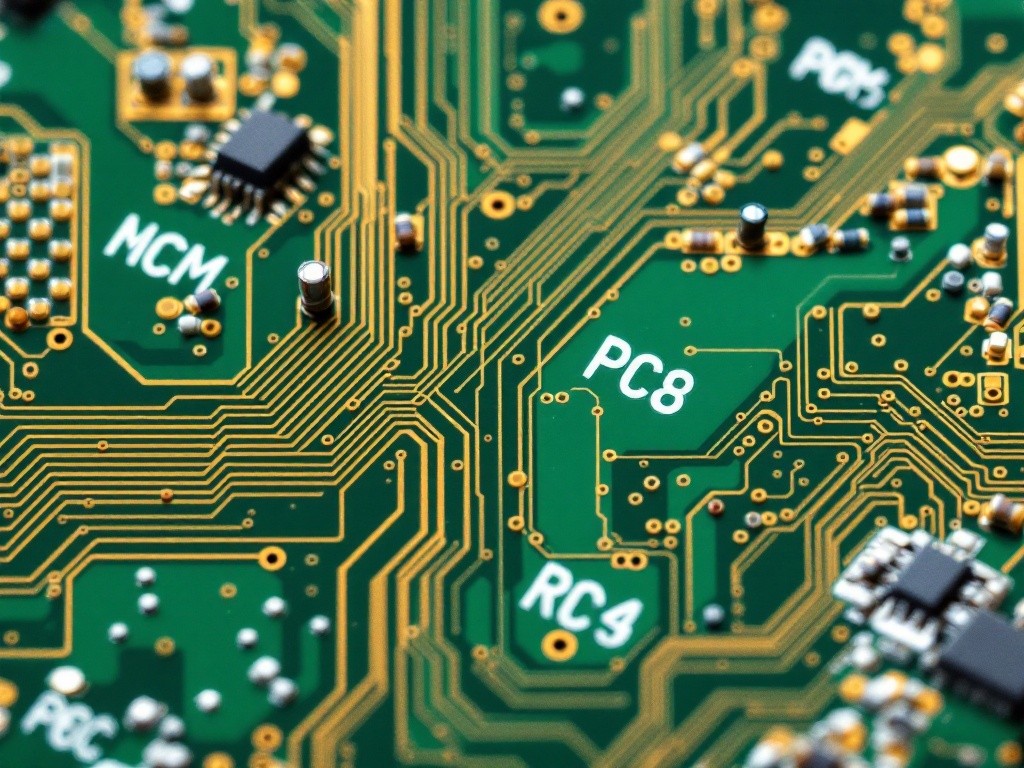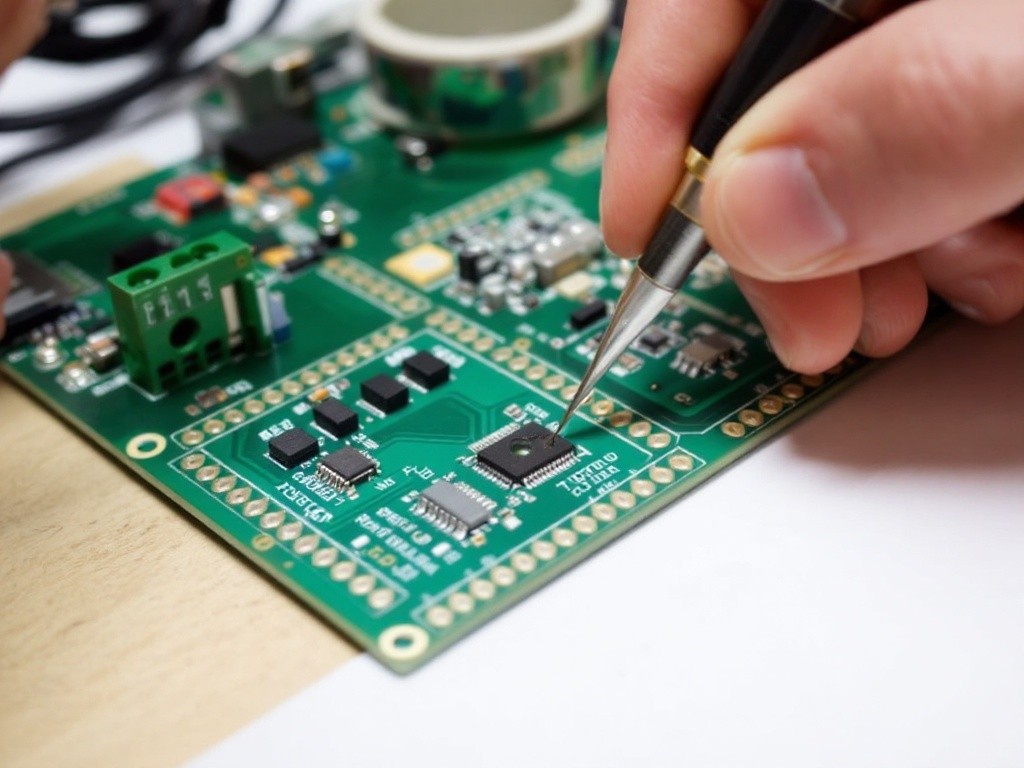
Discover how secure Printed Circuit Boards (PCBs) are against Trojan attacks. Learn key vulnerabilities and effective strategies to safeguard your devices.
Printed Circuit Boards (PCBs) are at the heart of modern technology, quietly powering devices we rely on every day—from the smartphones in our pockets to sophisticated military systems. These boards play a crucial role in ensuring seamless interaction between hardware and software, making them indispensable for modern electronics. Their importance means manufacturers must prioritize not just performance but also quality and security.
One way to ensure PCBs meet high standards is by incorporating PCBA testing early in the production process. This practice helps identify vulnerabilities and ensures the reliability of the final product. However, as our reliance on PCBs grows, so too does the need to address potential security threats. Trojan attacks, in particular, have become a significant concern, posing risks to device integrity, functionality, and data confidentiality. In this article, we’ll explore what makes PCBs vulnerable to Trojan attacks and how these risks can be mitigated effectively.
What Are Trojan Attacks?
Trojan attacks involve the intentional embedding of malicious elements within a device or system. These elements can be introduced during the design, manufacturing, or supply chain stages, often hidden to evade detection. Once activated, they can compromise device functionality, steal data, or provide unauthorized access.
In the context of PCBs, Trojan attacks can take various forms, including:
- Hardware Trojans: Malicious modifications or additions to the physical circuitry of a PCB. These can be difficult to detect due to the dense and intricate nature of modern PCBs, which often involve thousands of tiny components.
- Software Trojans: Malware introduced into the firmware or software operating the PCB. These Trojans can subtly alter functionality, stealing sensitive data or creating vulnerabilities for future exploitation.
- Supply Chain Trojans: Tampering during manufacturing or assembly to introduce vulnerabilities. This can occur due to a lack of rigorous oversight or reliance on untrusted third-party suppliers.
Why Are PCBs Targeted?
PCBs are targeted because they are critical for the operation of electronic devices, making them high-value targets for attackers. They play a central role in functionality by controlling hardware operations and interfacing with software, making them ideal points for sabotage. A compromised PCB can disrupt the entire operation of a device or system. Additionally, the increasing complexity and miniaturization of PCBs make it easier to hide malicious elements, such as tiny, hidden circuits or modifications that can evade even thorough inspections. The reliance on global supply chains further increases opportunities for tampering, as different stages of production often occur in various locations, creating more points for potential interference. Finally, the high impact of a successful attack on a PCB, which can cripple an entire system or compromise sensitive data, makes these components especially attractive to malicious actors.
Vulnerabilities in PCBs
Design-Stage Vulnerabilities
During the design phase, flaws or backdoors can be unintentionally or intentionally introduced. Overlooked backdoors, such as hidden circuits or components embedded in the design, can serve as a gateway for malicious activity. These backdoors are often hard to detect without exhaustive analysis. Toolchain exploits, where malicious modifications are made to the software tools used for PCB design, can introduce vulnerabilities at the earliest stages, compromising the integrity of the final product. Insufficient design reviews also contribute to vulnerabilities, as a lack of rigorous peer reviews can lead to overlooked weaknesses in the design phase, providing attackers with opportunities to exploit these weak points.
Manufacturing-Stage Vulnerabilities
Manufacturing introduces another layer of risk, particularly with reliance on third-party facilities. Untrusted foundries present significant vulnerabilities, as malicious actors in the supply chain can tamper with the PCB during fabrication. This tampering can include embedding tiny, undetectable circuits that perform unauthorized actions. Counterfeit components also pose a risk, as the use of substandard or malicious components can undermine security. These components may fail or behave unpredictably, compromising system reliability. Assembly tampering is another concern, where during assembly, components can be swapped, altered, or augmented with malicious intent, particularly in environments with low oversight or accountability.
Post-Production Vulnerabilities
Even after production, PCBs remain vulnerable to tampering and attacks. Firmware exploits, where malware targets the firmware operating the PCB, can compromise functionality and provide a pathway for further attacks. Physical access is another vulnerability, as attackers with physical access can modify or add components to the PCB, especially concerning for devices deployed in unsecured environments. Additionally, a lack of updates leaves systems vulnerable to known exploits, increasing the risk of Trojan activation. Keeping firmware and software updated is crucial to addressing these vulnerabilities effectively.
Consequences of Trojan Attacks on PCBs
1. Compromised Functionality
A Trojan can disrupt or completely disable the functionality of the PCB, rendering the device inoperable. In critical applications, such disruptions can lead to catastrophic outcomes, such as failures in medical devices or military systems.
2. Data Breaches
Trojan attacks can facilitate unauthorized access to sensitive data processed by the device, leading to data breaches. This is particularly damaging in sectors like finance, healthcare, and national security, where data confidentiality is paramount.
3. Espionage and Surveillance
In high-stakes applications like defense or critical infrastructure, Trojan attacks can enable espionage or surveillance by providing attackers with a backdoor. This could lead to significant geopolitical or economic consequences.
4. Financial and Reputational Loss
For manufacturers and users, a Trojan attack can result in financial losses, legal consequences, and reputational damage. Companies may face lawsuits, loss of customer trust, and reduced market value following a security breach.
Mitigating Trojan Threats in PCBs
Secure Design Practices
Implementing secure design practices is the first line of defense against Trojan attacks:
- Threat Modeling: Identifying potential vulnerabilities and attack vectors during the design phase. This helps in preemptively addressing possible risks.
- Access Controls: Limiting access to sensitive design files to authorized personnel. This reduces the risk of insider threats.
- Design Validation: Conducting rigorous reviews and audits of PCB designs to detect anomalies. Utilizing automated tools alongside manual inspections can enhance effectiveness.
Trusted Supply Chains
Ensuring the integrity of the supply chain is critical to mitigating manufacturing-stage vulnerabilities:
- Vendor Vetting: Working with trusted and certified manufacturers. This minimizes risks associated with unverified suppliers.
- Component Traceability: Maintaining a record of the origin and authenticity of all components. Traceability ensures accountability and helps detect counterfeit parts.
- Supply Chain Audits: Regular inspections and assessments of supply chain partners. These audits help identify and mitigate vulnerabilities before they are exploited.
Detection and Testing
Advanced detection and testing methods can help identify Trojan attacks:
- Hardware Testing: Using tools like X-ray imaging and optical inspection to identify physical modifications. Advanced imaging can reveal hidden circuits or anomalies.
- Functional Testing: Running comprehensive tests to verify the PCB’s behavior against expected outcomes. Testing under varied conditions ensures reliability.
- Firmware Analysis: Scanning firmware for signs of malware or tampering. Regular updates and integrity checks are crucial.
Cryptographic Measures
Cryptographic techniques can protect PCBs from certain types of Trojan attacks:
- Secure Boot: Ensuring that only authenticated firmware can run on the PCB. This prevents unauthorized modifications.
- Encryption: Protecting data processed by the PCB from unauthorized access. Encryption ensures confidentiality and integrity.
- Digital Signatures: Validating the authenticity of firmware and updates. Signed firmware ensures that only verified updates are applied.
Continuous Monitoring
Monitoring PCBs during operation can help detect Trojan activity:
- Anomaly Detection: Using AI and machine learning to identify unusual behavior. Continuous learning models improve detection accuracy.
- Event Logging: Keeping detailed logs of PCB operations for forensic analysis. Logs provide valuable insights for identifying and mitigating threats.
Conclusion
While PCBs are indispensable in modern electronics, their security against Trojan attacks remains a pressing concern. The complexity of PCBs and their reliance on global supply chains create numerous opportunities for malicious actors. However, by adopting secure design practices, ensuring trusted supply chains, leveraging advanced detection methods, and embracing emerging technologies, manufacturers and users can significantly reduce the risk of Trojan attacks. As the threat landscape evolves, continuous innovation and vigilance will be essential to safeguard the integrity and security of PCBs.
Was this news helpful?







 Yes, great stuff!
Yes, great stuff! I’m not sure
I’m not sure No, doesn’t relate
No, doesn’t relate



